A drive axle on a truck is one that provides motive power – it is one that is connected to the engine via the differential, driveshaft and gearbox and propels the truck forwards or backwards. A truck can have more than one drive axle, but it’s not always possible to tell how many drive axles a truck has, or which ones they are.
The more heavy-duty the requirements are for a truck, the more likely it is to have two drive axles. For example, these trucks would be used when driving on soft surfaces (e.g. forestry, mining, outback work, etc) or for heavy-duty hauling (e.g. oversized loads) whereas trucks with one drive axle are more likely to be urban or inter-urban trucks that pull general or chilled freight.
Trucks are either rigid or combination and you’ll see this on the truck licence classes (e.g. MR is medium rigid).
A rigid truck most commonly has one or two steering axles at the front and one or two drive axles at the rear. It might also have a tag or lift axle which isn’t a drive axle.
A combination truck is a prime mover or rigid truck that is pulling a trailer (either a semitrailer or dog trailer). A prime mover typically has one or two steering axles and one or two drive axles.
How are drive axles expressed?
You can easily tell how many drive axles there are if you know the axle configuration which is expressed most commonly in this format: axle ends x driven axle ends. For example, the most common configurations are: 4×2, 4×4, 6×2, 6×4, 6×6, 8×4, 8×8, 10×4.
Let’s take 4×2 as the simplest example. Each axle has two axle ends (where the wheels are). Therefore 4 axle ends means two axles, just like a car. Two of these axle ends provide motive power, i.e. they are connected to the engine. Two axle ends is one driven axle. Therefore a 4×2 vehicle has two axles where one axle provides motive power.
At the other end of the scale, a 10×4 would mean five axles in total with two driven axles.
4×2: two axles, one driven axle, one steering axle – common for light freight
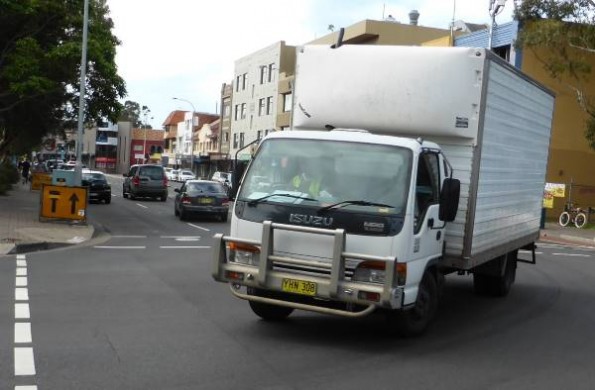
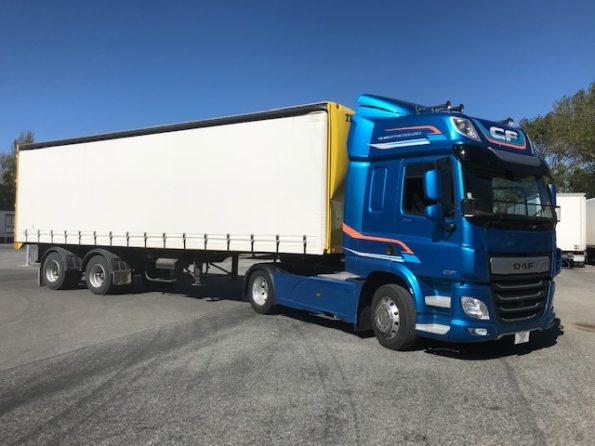
4×4: two axles, two driven axles, one steering axle – also called 4WD, this is common on trucks that service power lines or have to do light off-roading work
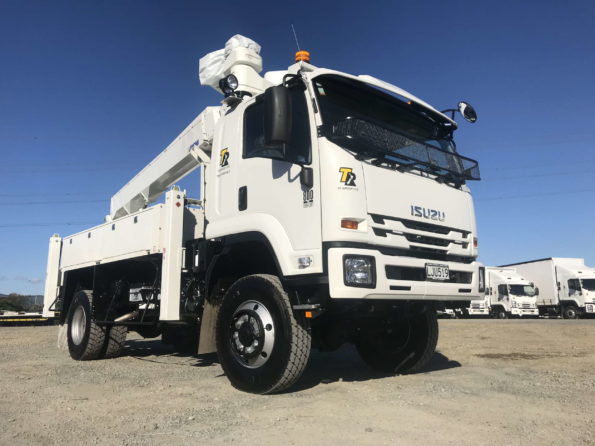
6×2: three axles, one driven axle, one steering axle – common for slightly heavier road freight
6×4: three axles, two driven axles, one steering axle – common for heavy road freight
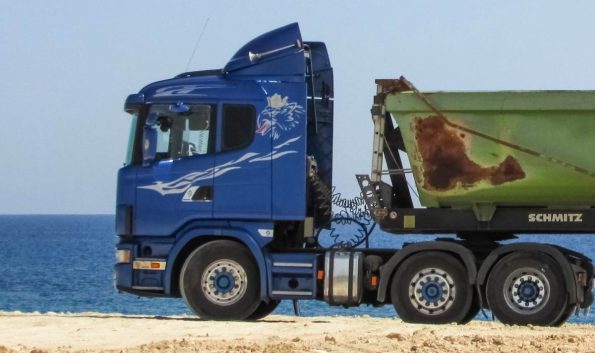
6×6: three axles, three driven axles, one steering axle – this is uncommon – usually for military, fire or specialist off-road applications
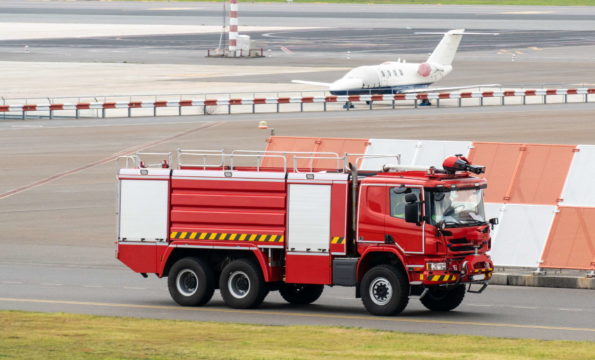
8×2: four axles, one driven axle, one or two steering axles – sometimes this could be expressed as an 8×2-6, where two of the axles can be lifted for better fuel economy and less tyre wear when not needed.
8×4: four axles, two driven axles, one or two steering axles – common for very heavy road freight
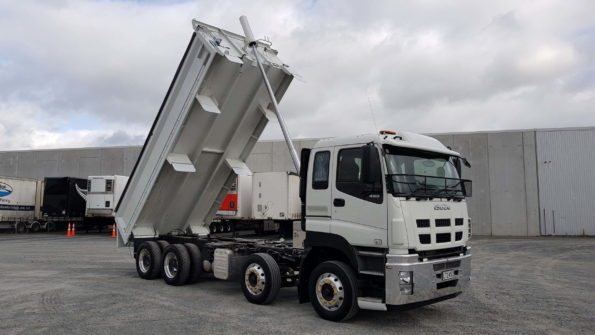
8×6: four axles, three driven axles, one or two steering axles – used for road trains
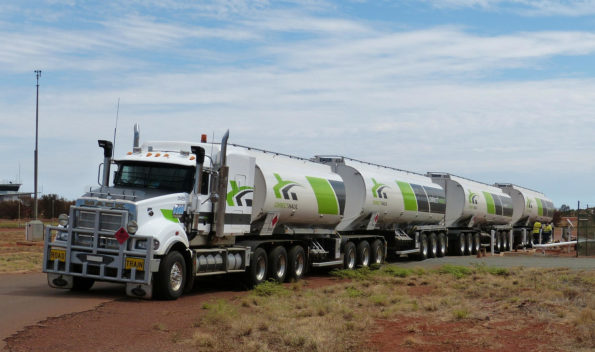
8×8: four axles, four driven axles, one or two steering axles – usually for specialist, fire and military applications
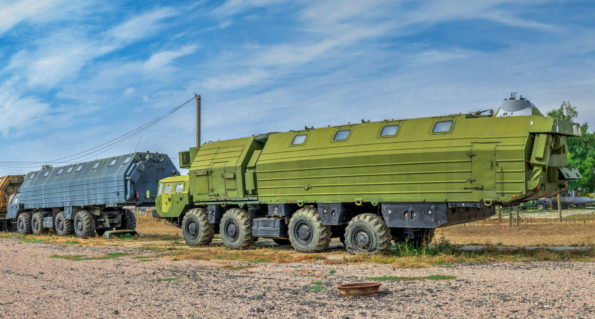
10×2: five axles, one driven axle, two steering axles – very uncommon. The truck would not have four axles at the rear as this would make it almost impossible to turn.
10×4: five axles, two driven axles, two steering axles – some truck-loader cranes and specialist flatbed applications.
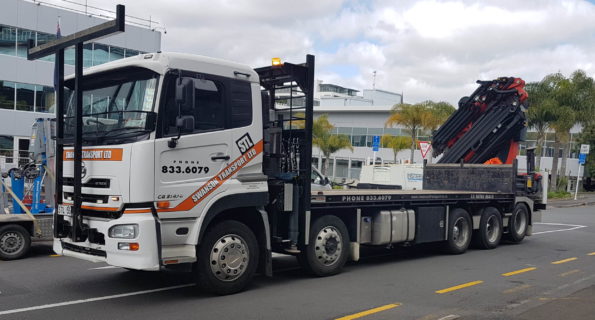
10×6: five axles, three driven axles, two steering axles – used in mining and off-road applications.
There are configurations such as 12×6 and higher which are used on mobile cranes.
